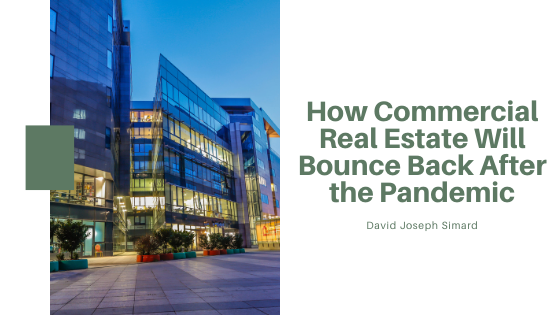Early projections regarding the commercial real estate market during the pandemic were optimistic. Over time, the market has become more volatile than perhaps initially expected. Still, as we approach an end to the pandemic, predictions of how the market will fare are tentatively promising. Other real estate areas may not perform as well, given the circumstance, and CRE will likely see some discrepancies across its diverse property types. However, the good news is that, in a K-shaped recovery (in which some industries falter and others experience a more positive trajectory), the CRE market as a whole is expected to perform relatively well.
In-Demand Properties
As the economy continues to reopen, the real estate market has witnessed some continual or increasing demand for certain property types. Logistic facilities such as warehouses are among the most popular and within retail, grocery stores, serving an essential purpose and supplying individuals with necessary supplies in the wake of mass closures and economic disruption; these businesses have demonstrated their value even in a crisis. Medical office buildings, including hospitals and urgent care facilities, have remained open for obvious reasons, as well.
Following the pandemic, it is easy to anticipate that demand for rental properties will skyrocket as housing needs remain constant. Despite the high unemployment rate, rent collection has proceeded, as usual, making rental properties sustainable and consistent. Naturally, some payment deferrals have been necessary and have been supported by eviction freezes, but there is no indication that these instances have impacted the market’s health. Instead, the pattern of renter behavior suggests that, during, and after the pandemic, rental properties will be steady investments that can even withstand global unrest.
What Is At Risk?
In the wake of the COVID-19 pandemic, some properties are proving to be less profitable and recession-proof. Restaurants, hospitality, and traditional retail shopping malls are among the properties that felt the brunt of the pandemic’s impact early on with mandated closings and an abrupt cut-off to their primary sources of income. These properties may be fewer and far between as we emerge from the pandemic, but that is not to say that they will remain obsolete; adaptation and evolution are part of the process, so there is potential for such spaces to be revitalized, reinterpreted, or repurposed entirely.
In a similar sense, traditional office spaces, especially suburban offices, have mainly gone unused over the past several months, resulting in a shifting attitude toward the office environment. Before the pandemic, flex spaces and co-opts had begun rising in popularity. While these options are not currently viable due to the risk of contagion, once the pandemic has died down, combined spaces like those modern models offering robust and flexible options, may be a vision of the corporate world’s future.
Generally speaking, for-sale residential properties have also taken a big hit in the wake of massive amounts of income cuts and job losses. The impact of this reality will likely be felt in the market for some time.


